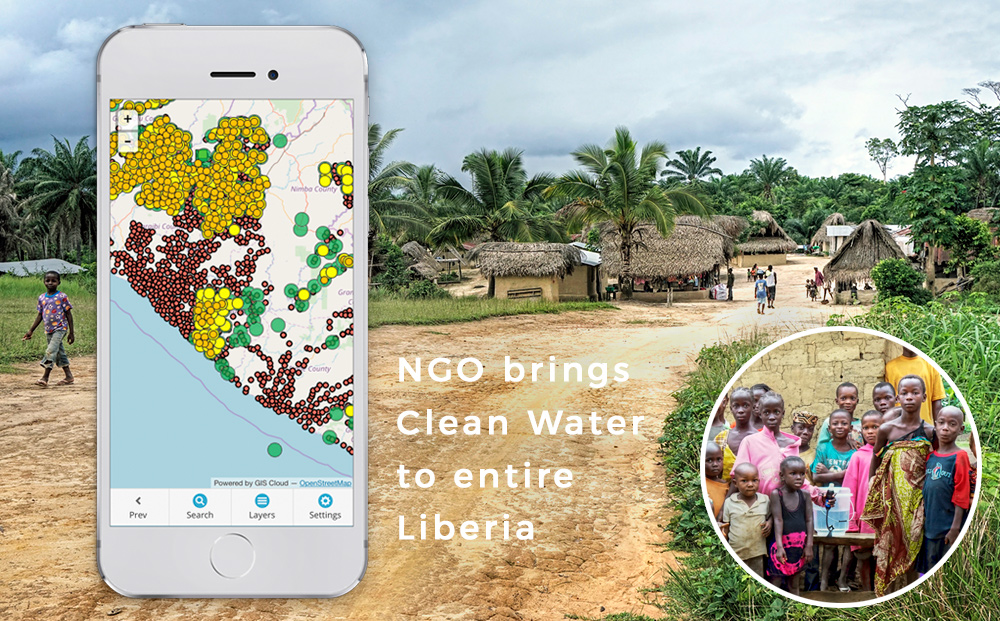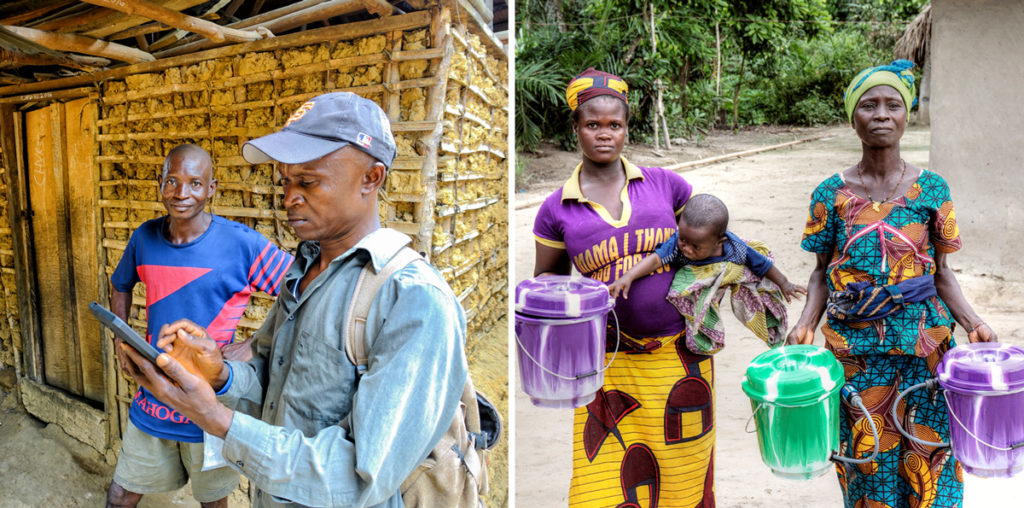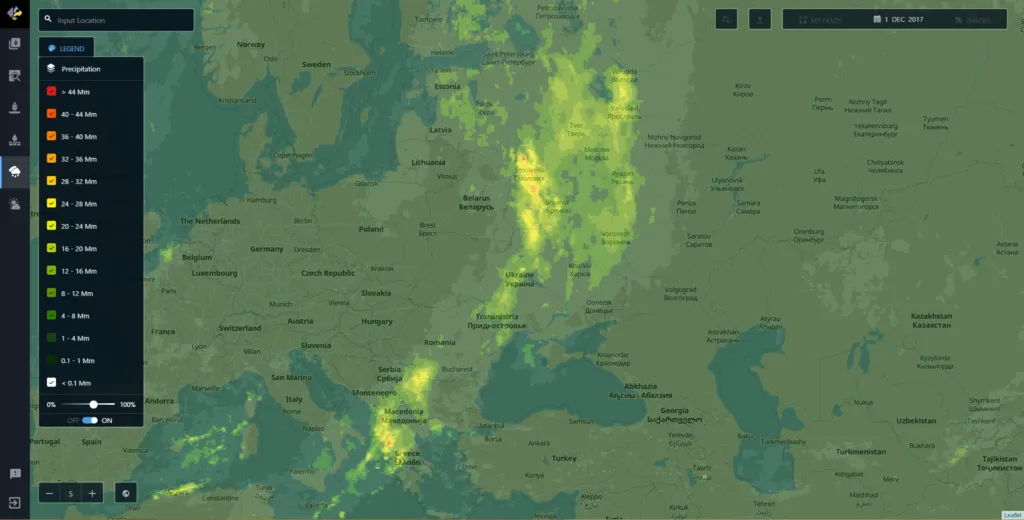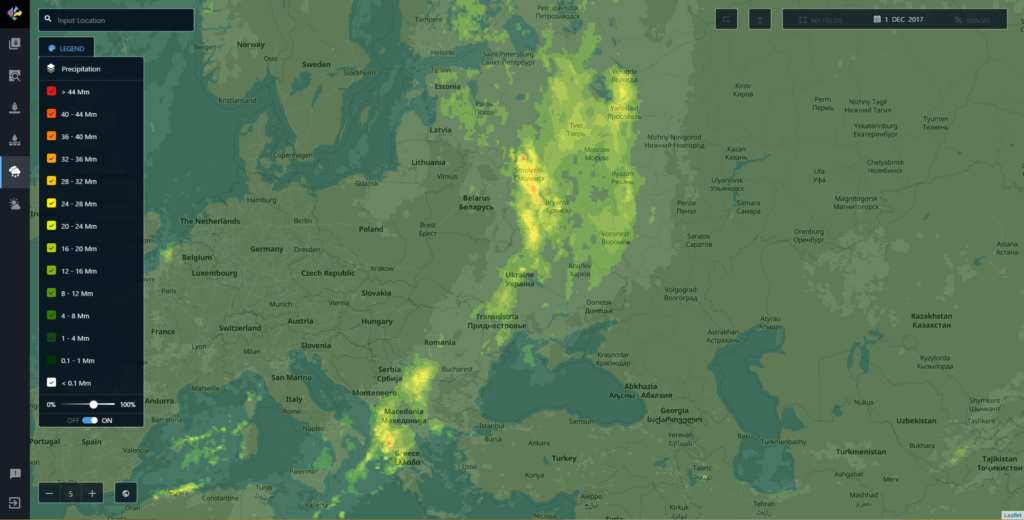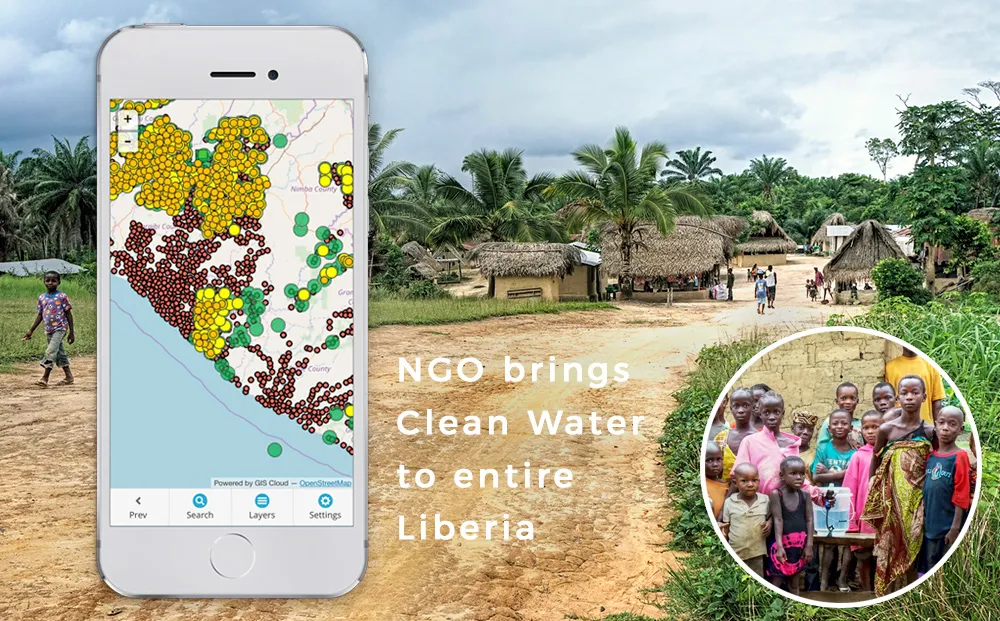
NGO maps out entire Liberia and brings clean water to every single resident
Water is one of the Earth’s most valuable resources. Some of us living in the cities take drinking water for granted, while millions of people across the globe can’t even imagine having everyday access to clean water.
With GIS solutions in the cloud, mapping available water sources, managing the delivery of water filters and using collected data to eradicate water-borne sickness, diminish death rates, and create a sustainable solution which brings clean drinking water to nations in remote areas, is no longer an impossible effort.
The Last Well nonprofit organization joined forces with other NGOs and Darrel Larson, International Director of Sawyer Products water filter company, to reach a unique goal envisioned in 2008: map out entire Liberia and bring clean water to every single resident by December of 2020.
To achieve this goal, organizations had to collaborate to gather data on demographics of every village in Liberia, regarding their location, population, existing water resources, and solution needed, as well as on individual health problems caused by bacteria in the water.
Divided into teams, 150 Liberians were sent out on motorcycles and trained in GIS data collection, which included filling out custom created surveys on mobile devices. Each submitted entry instantly mapped the household, a survey was linked to, allowing for a country-wide assessment.
The first round of data collection was followed by installation of water filters, providing clean water for villages too small to receive a hand-pump well. GIS mapping technology enabled them to track and manage filter installations and later follow-ups, which resulted in a significant amount of health and socioeconomic data.
Surveys were combined as layers in a single map showing the overview of the process, area covered and estimation for additional resources needed to reach the goal.
Analysis of the collected data showed terrific results, such as reduction in reported cases of diarrhea from 2197 to 107 in just two weeks! This outcome allowed for further funding of the project as well as its expansion on other countries and plans for many future projects.
Join the Webinar on April 12th for a first-hand story and a live demo of this data collection and management process, and learn how to execute such an impressive project. Darrel Larson will share his story and answer questions about project creation and funding to data collection, data reviewing, data management, and upscaling to more teams working with data.


